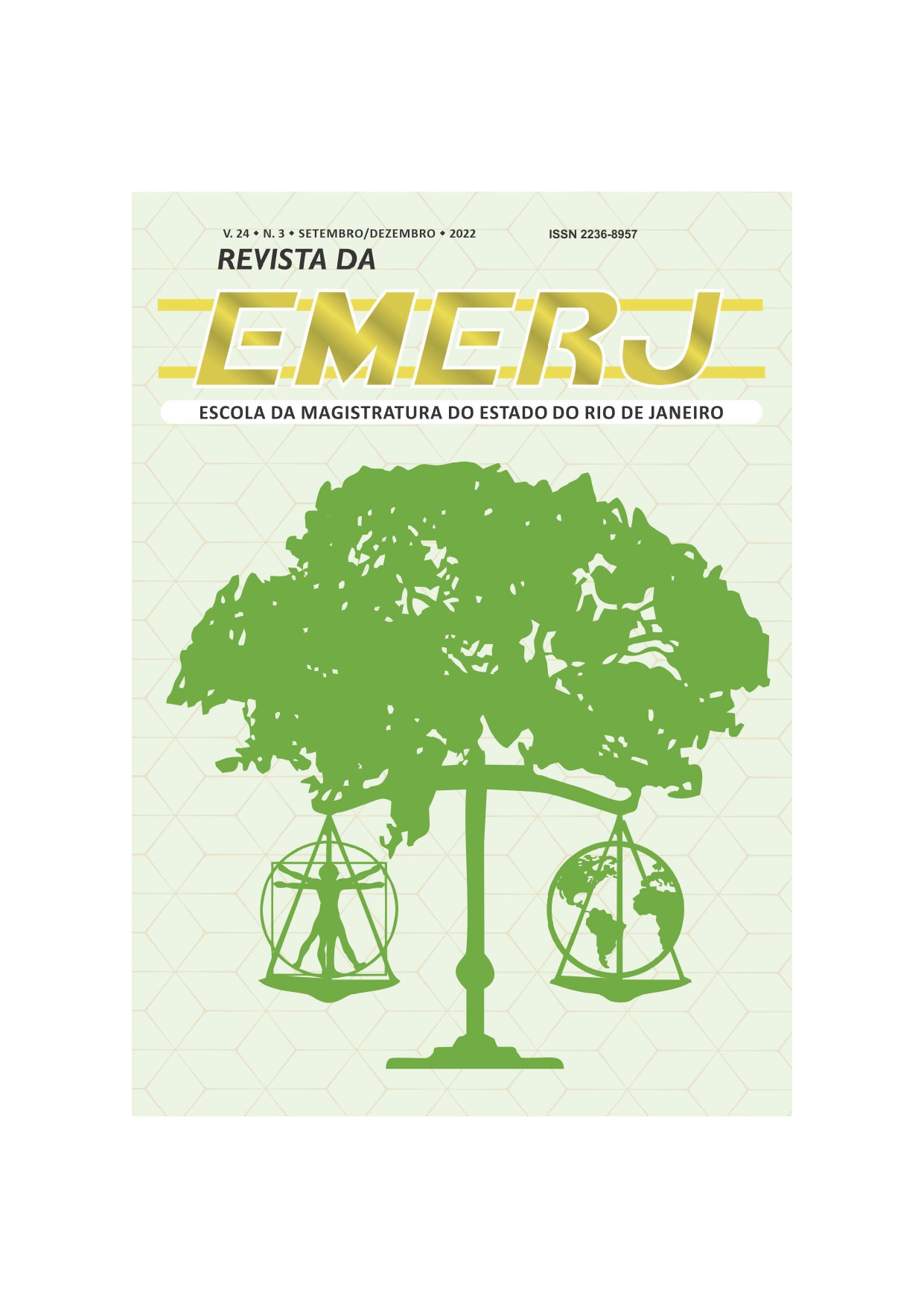Photographic recognition of the accused
Article 226 of the Criminal Procedure Code
Keywords:
recognition, criminal, art. 226, photographicAbstract
Photographic recognition, in criminal procedural law, is a subject that generates great debates in the legal scenario. This is an institute provided for in article 226 of the Code of Criminal Procedure, but it cannot be seen solely from an infraconstitutional perspective. We cannot forget that the principles of human dignity and due legal process, enshrined in the Constitution of the Republic, respectively, in articles 1, item III, and in article 5, item LIV, are indispensable guarantees. Therefore, any study on photographic recognition as evidence must be guided by such principles, as well as others that are related to them.
Thus, we cannot fail to bear in mind that all legal instruments comply with the major commandments, explicit and implicit in the Constitution of the Republic.
Based on these statements, we will briefly analyze the matter, which, again, has caused great debate in the legal world, given its high relevance for society and, consequently, for the Law.
To learn a little more about the subject discussed, it will be essential to analyze decisions of the Superior Court of Justice, which gave a new direction to jurisprudence regarding the application of the provisions of article 226 of the Code of Criminal Procedure.
References
AgRg no HC n. 724.757/RJ, relator Ministro Joel Ilan Paciornik, Quinta Turma, julgado em 21/6/2022, DJe de 27/6/2022.
Downloads
Published
How to Cite
Issue
Section
License
Copyright (c) 2022 Alberto Salomão Junior

This work is licensed under a Creative Commons Attribution 4.0 International License.
Authors who publish in this Journal agree to the following terms:
- Authors retain copyright and grant the Journal of Constitutional Research the right of first publication with the article simultaneously licensed under the Creative Commons - Attribution 4.0 International which allows sharing the work with recognition of the authors and its initial publication in this Journal.
- Authors are able to take on additional contracts separately, for non-exclusive distribution of the version of the paper published in this Journal (eg.: publishing in institutional repository or as a book), with a recognition of its initial publication in this Journal.
- Authors are allowed and encouraged to publish their work online (eg.: in institutional repositories or on their personal website) at any point before or during the submission process, as it can lead to productive exchanges, as well as increase the impact and the citation of the published work (see the Effect of Open Access).


















